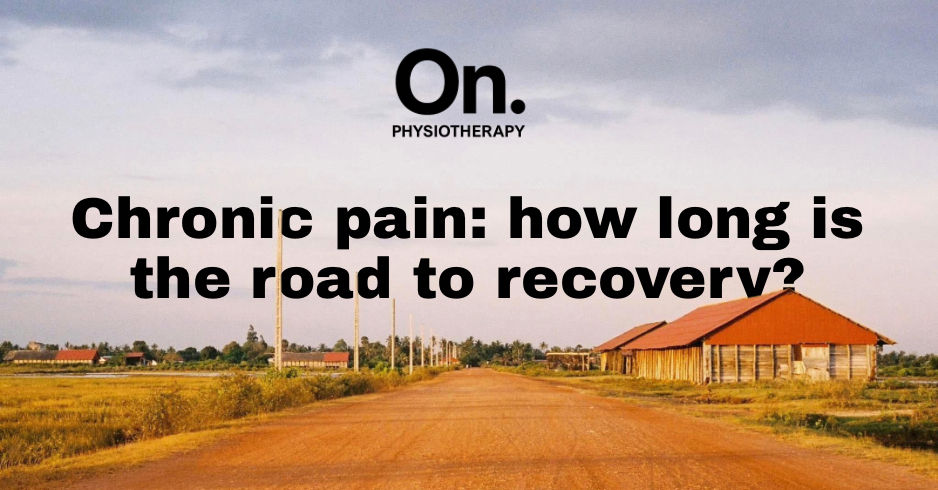Joint pain: beyond the sensation, the impact of medical information
- Yannick Sarton

- Mar 1
- 3 min read
Updated: 3 hours ago

Introduction
Joint pain is one of the most common reasons people seek medical advice. Yet the sensation itself is only part of the experience. The interpretations, explanations, terminology and clinical information patients receive often influence how the pain is perceived, understood and acted upon. Miscommunication or misleading wording can increase fear, anticipation of pain and avoidance behaviour. This article explores how medical information shapes joint pain and how physiotherapy reframes the experience in a constructive and evidence-based way.
Why Medical Information Shapes How Pain Is Felt
Words matter deeply in musculoskeletal care. When a patient hears terms like degeneration, wear-and-tear, fragility, compression or cartilage damage, the emotional load attached to these words can exceed the clinical reality. Even when imaging results are mild or clinically irrelevant, the vocabulary used can trigger fear, tension and protective behaviour.
This fear can change how the neuromuscular system responds: altered posture, increased muscle tone, reduced confidence in movement and a heightened interpretation of threat. As a result, the pain experience becomes partly driven by perception rather than only by tissue condition. Understanding this interaction is crucial for restoring functional movement.
What Modern Pain Science Tells Us About Education
Education is one of the strongest clinical tools for joint pain management. When patients understand what pain represents, how it behaves and what the body is capable of, anxiety decreases and mobility improves.
Clear explanations help patients differentiate between:
• adaptive discomfort versus structural injury
• normal age-related findings versus pathology
• safe movement versus harmful movement
• temporary sensitivity versus long-term dysfunction
By reframing joint pain through accurate, neutral and evidence-based information, physiotherapy reduces catastrophising, improves self-management and supports safer, more confident activity.
How Physiotherapy Reinterprets Joint Pain and Guides Recovery
Physiotherapy offers a structured, science-based framework that helps patients navigate joint pain without unnecessary alarm. A modern approach includes:
• comprehensive assessment of mobility, strength, mechanics and daily function
• clear explanations using balanced, reassuring and accurate terminology
• active rehabilitation: strength training, mobility drills, functional retraining, postural improvement
• education that reduces misconceptions and restores trust in movement
• progressive reintroduction of load to reduce sensitivity and improve resilience
The goal is not only to reduce pain but to rebuild movement confidence, function and long-term autonomy.
The Role of Online Physiotherapy Across Asia
With remote living, international mobility and high-demand work environments, Online Physiotherapy provides accessible, structured guidance for joint pain. Studio On offers tailored assessments, exercise plans and educational support to patients across Asia, ensuring continuity of care even when in-person visits are not possible.
This approach maintains clinical rigour, prioritises evidence-based practice and gives patients the clarity needed to break free from fear-driven interpretations of joint pain.
Conclusion
Joint pain is not only a sensation but a perception shaped by information, context and beliefs. By focusing on clear communication, functional rehabilitation and progressive movement, physiotherapy helps patients shift from fear to control. Whether in clinic or through Online Physiotherapy, Studio On offers a modern, reassuring and effective approach to joint pain management
I provide structured and evidence-based online physiotherapy for patients worldwide, offering clinical assessment, diagnosis, and personalised rehabilitation.
I also receive patients in person at my physiotherapy clinic in Phnom Penh.
You can begin your online physiotherapy session through the dedicated platform:
More information on clinical standards and supporting evidence is available here:
Yannick Sarton, MSc Physiotherapist
International Online Physiotherapy & In-Clinic Care, Phnom Penh



Comments